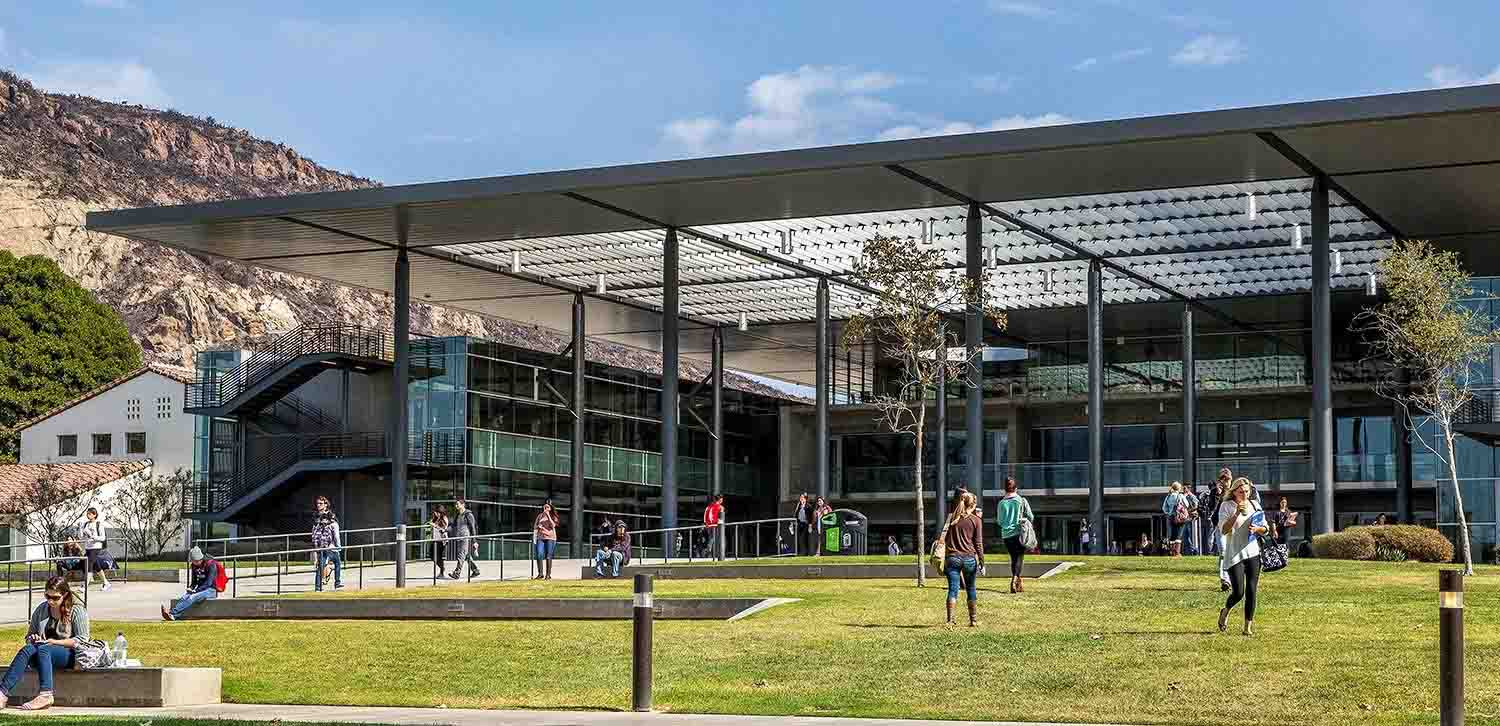
To help students succeed in STEM, colleges need a holistic plan
A study of college transition programs at CSUs details the benefits of comprehensive, integrated support programs for underserved students.
Abstract | Full article HTML | Full article PDF
When college and university departments work together to help first-year STEM students transition to college, students succeed at significantly higher rates. That is what two researchers from the Pullias Center for Higher Education found when they studied CSU STEM Collaboratives, a project at eight California State University campuses to support STEM students through a unified effort between academic and student affairs.
Now, the researchers detail just how significant those positive outcomes can be in a new paper published in the International Journal of Chinese Education.
“We saw higher persistence rates, higher retention in STEM, higher GPAs, higher pass rates in STEM courses, and even higher levels of engagement in campus activities for students in the STEM Collaboratives programs,” said the lead author of the paper Adrianna Kezar, a professor of higher education at the University of Southern California and co-director of the Pullias Center for Higher Education. “And just as importantly, we saw improvements in the students’ sense of belonging and self-efficacy.”
At Humboldt State University, for example, students in the STEM Collaboratives program were 12 percent more likely to stay in college than students in the control group who didn’t participate in the program. Similarly CSU Channel Islands students in the program were 7 percent more likely to stay in STEM fields of study than those who were not.
What made the CSU STEM Collaboratives program so effective? Among other benefits, the unified culture of support created by this program gave a students a greater sense of belonging through earlier and more frequent interactions with faculty and mentors as well as with other students in the program—which made these students more likely to ask questions for clarification, seek out help when they needed it and create study groups to support each other’s academic success.
“What’s interesting about this study is that we discovered the specific types of programs created to support students actually mattered less than the integration of these support programs,” said Elizabeth Holcombe, a co-author of the paper and a research associate of the Pullias Center. “So it makes more sense to devote more time and energy to collaborating between departments than to focus all the resources on individual departments or programs.”
The researchers also found that the collaboration between departments to support students benefited not just the students themselves but the university as a whole, on an organizational level. Faculty and staff enjoyed improved relationships between departments, in some cases even collaborating on new types of joint work.
This study continues Kezar and Holcombe’s ongoing research on STEM reform and institutional culture and change.
Abstract | Full article HTML | Full article PDF
Kezar, A., & Holcombe, E. (2018). Integrated and comprehensive student support programs aimed at historically underserved students: Creating a unified community of support. International Journal of Chinese Education, 7(1), 65-84. https://doi.org/10.1163/22125868-12340090
The research for this study was funded by a grant from the Leona M. and Harry B. Helmsley Charitable Trust.